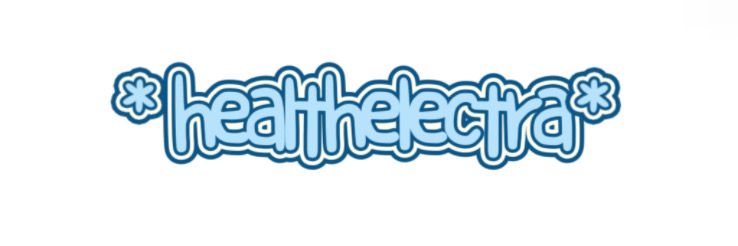Camal Com vs Traditional Tools: Which Wins Your Heart?
As the construction and design sectors continue to evolve, the discussion surrounding the merits of modern solutions like camal com versus traditional tools remains pertinent. While many find nostalgia and reliability in historical methods, the advantages brought by contemporary platforms are compelling. To shed light on this discussion, we've gathered insights from several industry experts who offer their perspectives on this vital comparison.
Expert Insights on Modern vs. Traditional Tools
Boosting Efficiency and Time Management
Jane Smith, an experienced project manager, underscores the time-saving benefits of using camal com for project management tasks. She states, "When using traditional methods, it can take an immense amount of time to manage spreadsheets and switch between multiple files. In contrast, Camal Com integrates everything into one platform, significantly reducing the time spent on logistical arrangements. This allows teams to channel their energies towards creative processes rather than administrative tasks."
Simplicity and Familiarity
Conversely, Mike Johnson, a seasoned craftsman, defends the ease of traditional tools. He mentions, "Though Camal Com boasts advanced features, the learning curve is quite steep. My crew and I have utilized tools such as measuring tapes and chalk lines for years; we have an intimate understanding of them, and they consistently deliver results." This perspective resonates with many who appreciate the tactile experience of hands-on craftsmanship over relying solely on digital solutions.
Enhancing Collaboration and Communication
Architect Dr. Emily Chang highlights the advantages of digital platforms for collaborative efforts. "Involving multiple stakeholders can complicate communication, but with Camal Com, the feedback process becomes streamlined. Traditional tools often create opportunities for misunderstandings, which can disrupt projects," she points out. Her thoughts indicate a significant shift within the architectural community towards digital reliance.
Financial Considerations
David Talbot, a financial analyst in the construction field, addresses the cost factor associated with both options. "Transitioning to Camal Com does involve some initial expenses, yet the potential for long-term savings and efficiency improvements may justify it. While traditional tools may appear to be more cost-effective at the outset, the cumulative losses in productivity can accumulate over time," he elucidates.
Further Reading:Power Up: The Advantages of Wall Mounted Batteries for Modern Living
Dependability and Reliability
Sarah Lee, a restoration expert, shares her reservations regarding technological dependence. “In my experiences, traditional tools have demonstrated consistent reliability in various conditions. I am wary that an over-reliance on digital applications may introduce new risks, such as software malfunctions or data losses," she expresses. Her concerns underscore the ongoing value of traditional skills in an industry marked by relentless technological advancements.
Finding the Right Balance
So, which approach truly captures the industry's appreciation? The consensus leans towards a blended method. Tony Rodriguez, an innovator in construction, observes, "The future lies in merging both realms. Embracing the efficiency of camal com while respecting traditional techniques can yield superior outcomes." This view echoes an evolving agreement that a hybrid approach may unveil the most effective solutions for today’s fast-paced landscape.
Final Thoughts
In the end, the choice between camal com and traditional instruments rests on individual preferences and the specific requirements of each project. While some industry professionals firmly cling to time-tested methodologies, others champion the adoption of modern advancements. A harmonious balance that honors historical practices while welcoming innovation may indeed represent the optimal path forward. The ongoing dialogue suggests that tradition and innovation are not mutually exclusive but can coalesce effectively.
For further information, please visit camal com, battery groups, and battery forklift electric.
- 0

